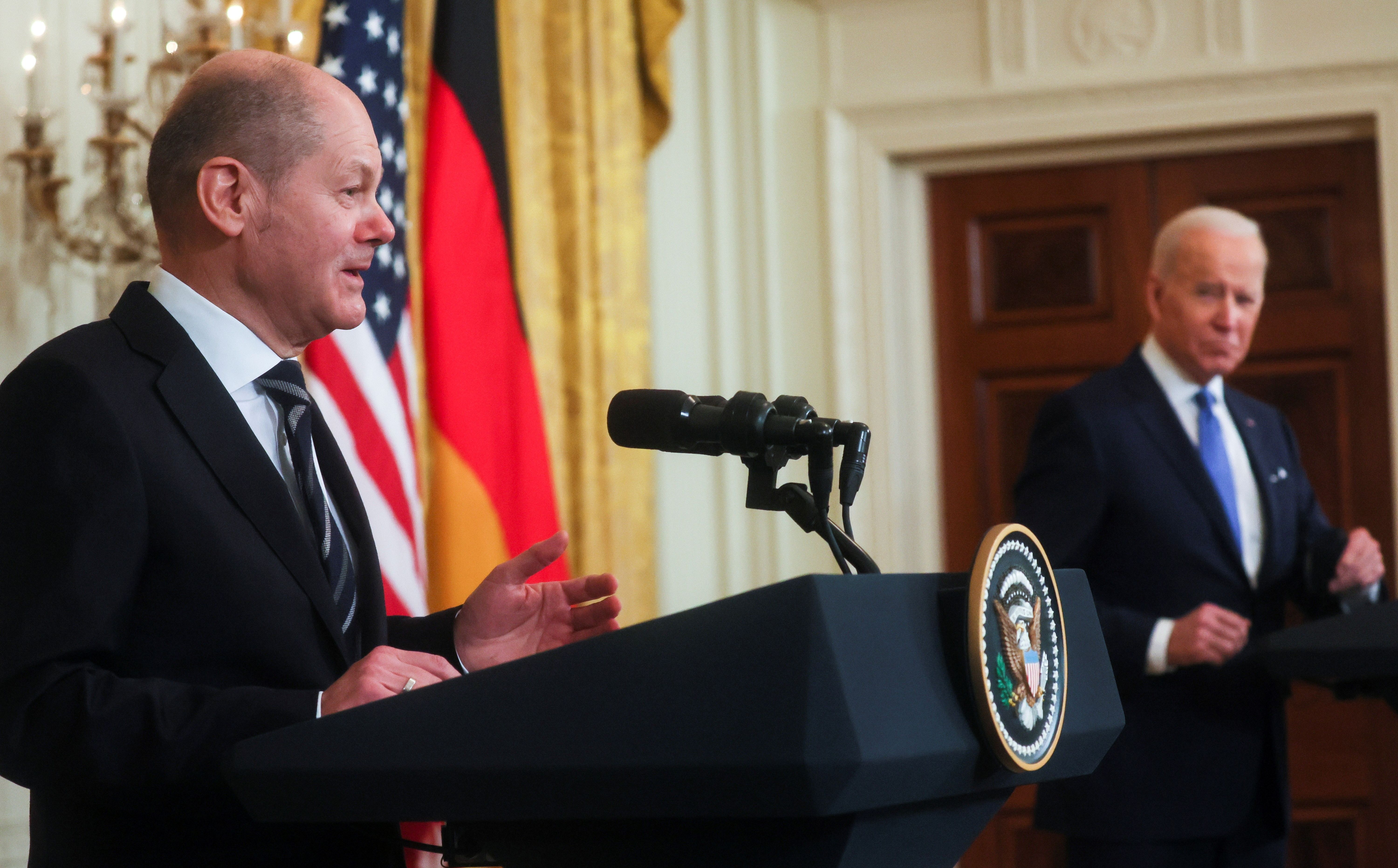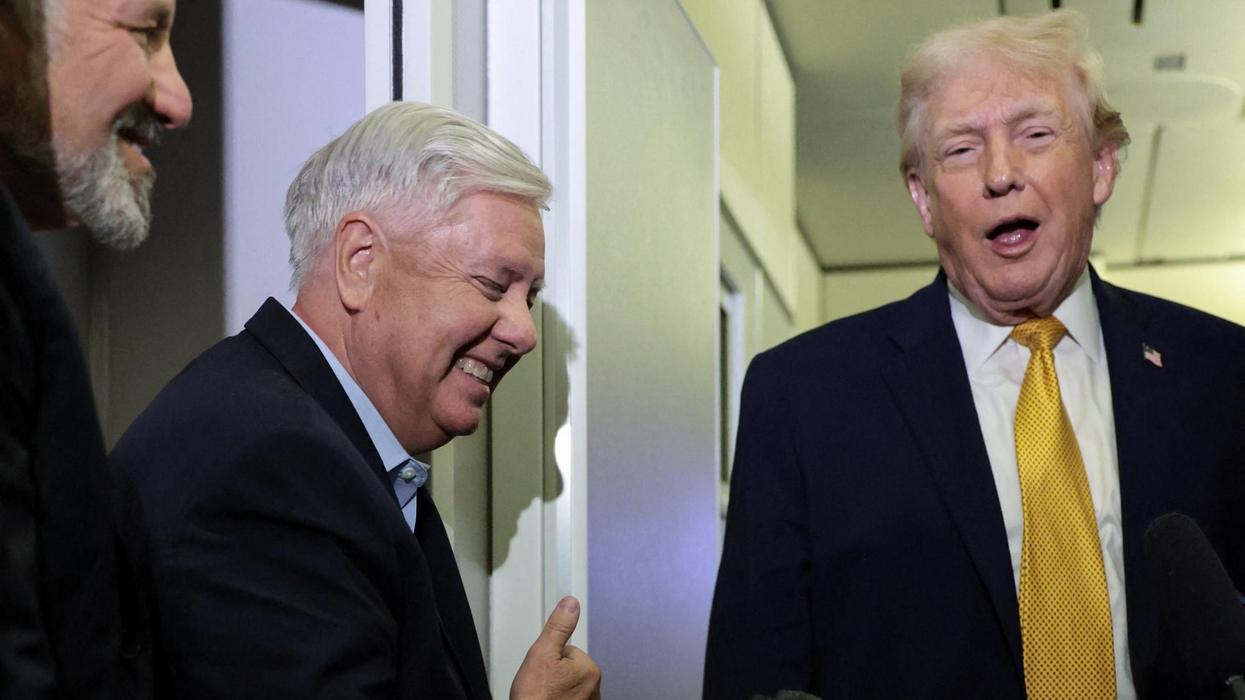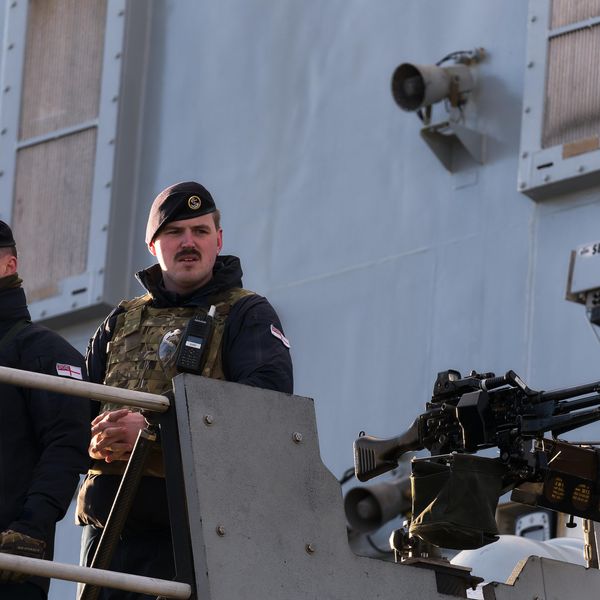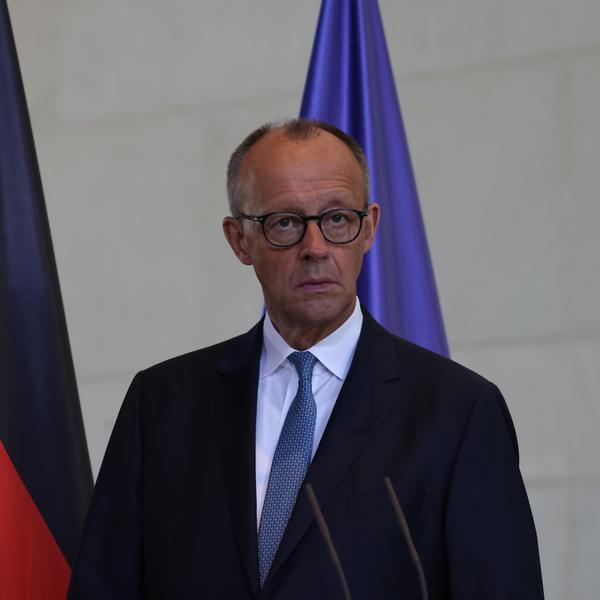Barely noticed in the U.S. — but very much noticed in Germany — was an agreement between Washington and Berlin at the NATO anniversary summit in July.
For the first time since the 1980s, Germany agreed to the stationing of three types of U.S. missiles (under U.S. command) on its territory, starting in 2026: The Tomahawk Block 4 cruise missile, with a range of just over 1,000 miles; the Standard Missile-6 (SM-6), with a range of 230 miles, and intended chiefly for an air-defense role; and a Long-Range Hypersonic Weapon (LRHP) which is still under development, and will have a range of more than 1,800 miles.
Two of these missiles will be able to strike deep into Russia, and both will be able to hit Moscow. They are conventionally armed, but nuclear-capable, though to convert them to this role would require a new agreement. This agreement however said nothing about whether Germany will have any control over the missiles on its soil.
The stationing of the Tomahawks and LRHPs is in violation of the Intermediate-Range Nuclear (INF) Treaty of 1987, which bans the stationing of ground-based missiles with a range of between 500 and 5,000 kilometers (310-3,400 miles). However, the Trump administration withdrew from the INF in 2019, and Russia then suspended its own compliance. The Biden administration has made no attempt to negotiate a return to the treaty.
Both the Trump and Obama administrations alleged that the Russian SRBM Iskander ballistic missile (nuclear-capable but not nuclear-armed), with a declared range of under 500 km (within the INF treaty limit) and stationed in Kaliningrad (the isolated territory on the Baltic Sea, adjacent to Poland and Lithuania and 327 miles from Berlin) in fact had a longer range and thus violated the treaty. But this allegation was never independently confirmed, and, after the Russian seizure of Crimea in 2014, the deterioration of U.S.-Russian relations made it impossible to resolve this question through negotiations.
Rather strangely (in a democracy), the latest German government agreement to station the new missiles was made without any prior discussion in the German parliament, the Bundestag, or any prior national debate. This has contributed to the resulting controversy in Germany. The foreign and security establishment, and most of the political establishment, are firmly in favor. The right-wing Alternative fuer Deutchland (AfD) and left-wing Sahra Wagenknecht Alliance (BSW) are strongly opposed.
Meanwhile, the Social Democratic Party of Chancellor Olaf Scholz, the largest party in the ruling coalition, is split on the issue, though the general assumption is that the dissidents will eventually fall in line behind the government.
The German public is divided. According to the latest poll, 49 percent are opposed to the missiles and 45 percent in favor. However, in eastern Germany the percentage opposed to the treaty rises to 74 percent, with only 23 percent in favor. In three state elections in eastern Germany this month, the AfD and BSW, who are both advocates of a compromise peace in Ukraine, saw a tremendous surge in support. This issue is therefore contributing to regional tensions in Germany, and it can be expected that it will play a major role in next year’s national elections.
This controversy recalls in certain respects that in the 1980s over the stationing of U.S. Pershing II medium-range nuclear ballistic missile. Its deployment was made in response to the Soviet development of the RSD-10 Pioneer missile and led to an intense political crisis in Germany. Rather comically, as it now appears, opposition (sometimes violent) to the stationing of the Pershings contributed greatly to the rise of the anti-nuclear German Green Party, which, 40 years later, is now among the strongest advocates for the stationing of the Tomahawks.
It is notable that the Greens suffered crushing defeats in the latest eastern German elections. The Social Democratic Party, which now leads the German government, also opposed the stationing of the Pershings.
The Pershing missiles were, thankfully, never fired; nor indeed was there any chance of them being fired (except by catastrophic accident), since, as documents released after the Soviet collapse revealed, the Soviet leadership had not the slightest intention of attacking NATO and was indeed genuinely afraid that NATO planned to attack the USSR.
Today, the Russian government has neither the intention nor the capability to launch the sort of premeditated conventional attack on NATO that the new missiles are supposed to counter. Russian nuclear “saber-rattling” is intended to deter NATO from intervening directly in Ukraine, and thereby starting a NATO-Russia war. There remains however an acute risk that an unplanned mutual escalation could lead to war. In this case, U.S. missiles firing into Russia from Germany could easily be the tripwire for nuclear catastrophe.
The only sensible purpose of allowing the deployment of Tomahawks and hypersonic missiles in Germany is to offer to give them up again, as part of a new nuclear arms reduction agreement with Russia. That after all was the only positive result of the deployment of Pershing II missiles in West Germany in the 1980s.
Indeed, the decision to deploy the Pershings in 1979 was accompanied by a declaration of a desire to negotiate an agreement. No such declaration has accompanied the latest decision. After former Soviet President Mikhail Gorbachev came to power, Washington and Moscow in 1989 signed the INF Treaty, under which the Pershings were withdrawn and scrapped in return for Moscow doing the same with its intermediate nuclear missiles.
A similar agreement today, in which the U.S. cancels the planned new missile deployment in Germany in return for Russia withdrawing its missiles based in Kaliningrad and Belarus would be of immense benefit to Germany, Europe and the world. Unfortunately, for the past generation, the entire trajectory of arms control agreements has been in the opposite direction, towards an uncontrolled arms race.
The process of the disintegration of arms control agreements began in 2002, with the George W. Bush administration’s withdrawal from the Anti-Ballistic Missile (ABM) Treaty. The German government was unhappy with this decision but could do nothing to stop it. However, Berlin also did not state its objections forcefully in public, or make any public attempt to create a bloc of European states to defend the treaty. This marked one important step in the establishment of a belief in Moscow that Germany never would make any serious move to defend European security interests if it required a public confrontation with Washington.
The U.S. withdrawal from the ABM Treaty was followed by the deployment of U.S. ABM systems in Poland and the Czech Republic, with the blatantly mendacious claim — in which the German government once again acquiesced — that this was directed not against Russia, but rather a hypothetical threat from Iran. (As a friend at a Russian think tank remarked to me at the time, “Do they think that we don’t have maps in Russia?”). Moscow threatened to respond with the deployment of new intermediate missiles, and did so, while claiming to remain (just) within the terms of the INF.
According to Russian sources, Moscow was willing to compromise on intermediate missiles as part of wider talks on NATO limitations demanded by Russia in the run-up to the invasion of Ukraine, but Washington refused to consider seriously negotiating on this basis. The result is that Europe is now altogether without missile limitation agreements at a time when not merely is war raging in Ukraine, but Washington is considering acceding to Ukrainian and British pressure to allow British Storm Shadow cruise missiles (guided by U.S. targeting) to be fired into Russia.
The deployment of U.S. missiles in Germany therefore involves the following propositions: Washington is actively considering helping to fire U.S.-manufactured Ukrainian missiles into Russia; U.S. intermediate missiles in Germany will be able to strike deep into Russia; Russian intermediate missiles can strike Germany but not the U.S.; Germany will have no control over the U.S. missiles on its soil. It is hardly surprising that this combination makes many Germans extremely nervous.
A shorter version of this article was previously published in German by the Berliner Zeitung.- France and Germany on the rocks as Ukraine crisis deepens ›
- Report: US sending cluster munitions to Ukraine via Germany ›
















